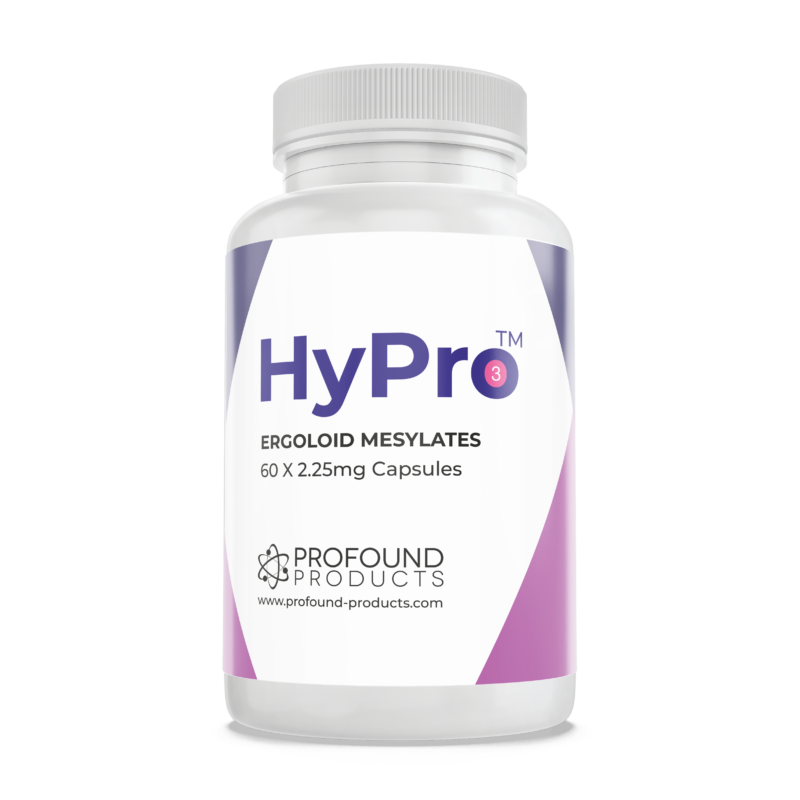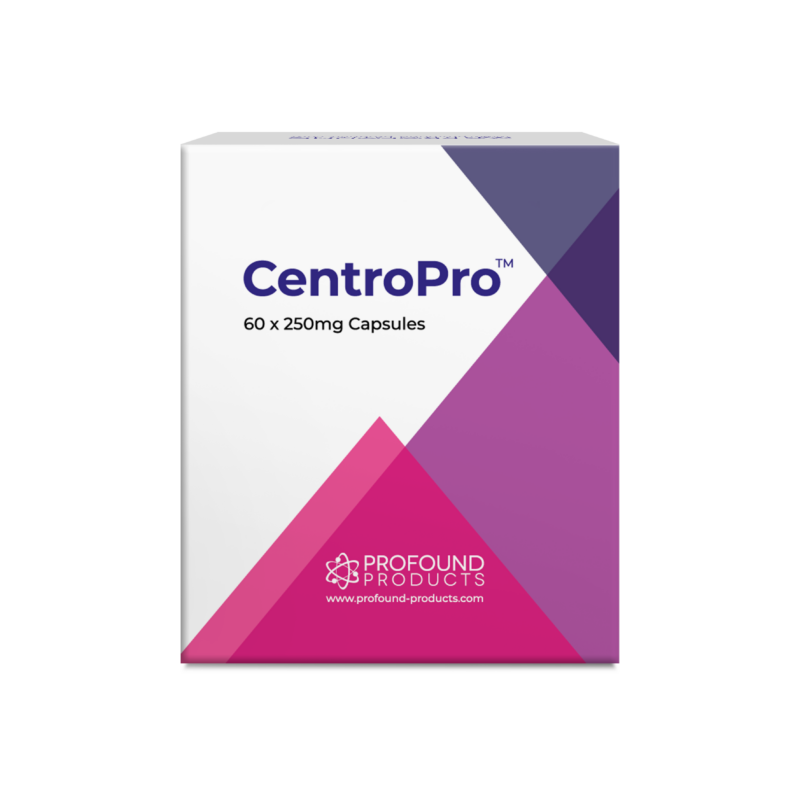Synergistic Programs – Memory Pack
How to keep you memory and cognition lucid and agile
Piracetam; enhancing memory and ideas
Piracetam was the world’s first nootropic (smart drug) when it was introduced to Europe in the 1960’s by Dr. Giurgea, (whilst working with UCB laboratories in Belgium), under the trade name of Nootropil®.
Although it is a derivative of GABA, piracetam displays some unique properties, for example it is virtually non-toxic and it only has mild effects on chemical changes in the brain, (which may explain why side effects are rare and mild); and whilst it may improve acetylcholine and dopaminergic systems in the brain, piracetam is considered to primarily improve the electrical communication across the corpus callosum.
The corpus callosum
This is the bundle of nerves that connects the left and right hemispheres of the brain. This gathering is considered by some as a “block” between the logistical, analytical and mathematical left brain from the artistic, creative and emotional right brain. Improved communication between the two yin and yang sections is believed to be the logic behind having ideas and putting them into practice, in other words being a creative and yet practical person at the same time.
Improving skills
Piracetam has been shown to be useful for autistic, dyslexic and Down’s syndrome cases, particularly in improving verbal, reading and writing/ spelling skills.
Furthermore, piracetam’s effects are often noted as improving clarity, short term memory and preventing boredom.
As piracetam is likely to be the world’s best selling memory enhancing product, it is clear that many people like its effects.
Dosages
Often doses of piracetam begin at 1600 mg to 2400 mg twice daily for the first 4 weeks and then reduced to half of that thereafter.
Centrophenoxine; speeding mental recall
Centrophenoxine was created in the 1980’s and is a clever combination of two DMAE molecules bonded together. It has been extensively researched in Hungary, where Professor Imre Zs.-Nagy has suggested that it could be an adjunct to his membrane hypothesis of aging (MHA).
The MHA is a condition whereby over time the cell membranes become “clogged” with contaminants such as lipofuscin, (a major constituent of the plagues found in the brains of Alzheimer disease patients). This toxin impairs the transference of heat and impedes the communication of sodium and potassium ions from cell to cell. Accordingly, the cell accumulates more dry mass and loses water content. The net result is one where all cell processes and communication abilities decline, for example it is clear that enzymes work less efficiently in less lipid conditions.
Lipofuscin
We’ve all seen this with age, for example elderly people are often in a dehydrated condition and we see lipofuscin deposits in their skin, (as so called age or liver spots) and if that is the case you know it is also present in their brain, (by the way, the heart and lungs are other primary accumulation spots for lipofuscin).
Enter centrophenoxine, which to-date has been shown to be the most efficient remover of lipofuscin deposits. It is possible after several weeks of regular centrophenoxine use to see reductions of these “brown” spots in the skin and animal experiments support that centrophenoxine supplements can reduce lipofuscin deposits by as much as 28% to 42% within just 8-weeks.
Brain energy
The net result is that centrophenoxine enhances neuronal glucose use as well as RNA and protein production. This results in improved oxygen uptake and carbon dioxide output, all signs of improved brain ATP production and hence brain energy production.
The real world results are that centrophenoxine can sharpen the mind, resulting in clearer thought processes and significantly improved recall speed.
Recall speed
Whilst centrophenoxine by itself may not improve the detail of the memory recall process, the fact that details come much faster to hand, often makes others perceive those on centrophenoxine supplementation as, “being on the ball.”
Dosage
The typical centrophenoxine dose with this program is 250 mg twice daily. For those individuals who experience over agitation, this dose should be halved.
Note
To further enhance the lipofuscin removal it is also prudent to drink at least a liter of water daily.
Hydergine; improving cognitive workload and I.Q.
Hydergine is obtained from a fungus grown on rye and has been approved for Alzheimer’s disease (AD) since the 1970’s. However, whilst hydergine has not been so effective (at least at the dosages used) for the treatment of AD, the main interest for its use in antiaging medicine is for persons who are having cognitive difficulties that are not yet perceived as a disease.
Oxygen
Hydergine is an excellent stabilizer of oxygen within the brain; oxygen is a dual edged sword, on the one hand it is a superb energy source; on the other hand it is also an easy generator of damaging free radicals.
Hydergine has been shown to lower oxygen levels when they are too high and increase them when they are too low. In fact, hydergine is so good in this regard that a number of European countries use hydergine in their emergency rooms and ambulances to help those at high risk of death, (particularly those of drowning and electro shock). This is done for its abilities to maintain optimal levels of oxygen, to allow brain functioning to continue for much longer than normal and thus greatly improving a successful outcome.
Cognition
When used in low doses for antiaging purposes, hydergine allows users to have much longer working periods of cognition, primarily due to its brain oxygen/ energy balancing properties. A useful effect I have found with hydergine use is if you are doing some long distance driving, particularly on a freeway at night, then hydergine helps you to avoid, (at least delay) the period at which brain fade occurs. This is the point at which you feel awake, but you know you are no longer concentrating properly and in this case safely.
Adenosine triphosphate
In addition, hydergine supplements have been shown to significantly improve mitochondrial condition, (the universal powerhouses where ATP is manufactured). Animal experiments conducted in Italy have highlighted its ability to reverse the mitochondrial condition of old animals to near those of much younger animals. Note that this process alone has significant antiaging implications.
IQ
It is also of note that hydergine has been shown to increase the number and density of dendrites (nerve fibers) within the brain. Some people believe that IQ (intelligence quotient) is directly related to good dendrite condition and that hydergine is a smart drug with IQ raising properties.
Dosage
Within this program, a dose of 1 mg to 2.25 mg twice daily (taken with food) is suggested. A liquid version can also be used sublingually to avoid stomach upset and maintain the viability of the suggested lower dose.
Conclusion
The IAS memory pack presents three tried and tested substances that work together, each with its own mechanism and outcome.
The aim is to improve the quality of memory detail, whilst at the same time enhancing the speed of its recall and offering the user the opportunity to become more creative, being able to indulge in continued cognitive concentration and also having the potential to improve one’s IQ.

